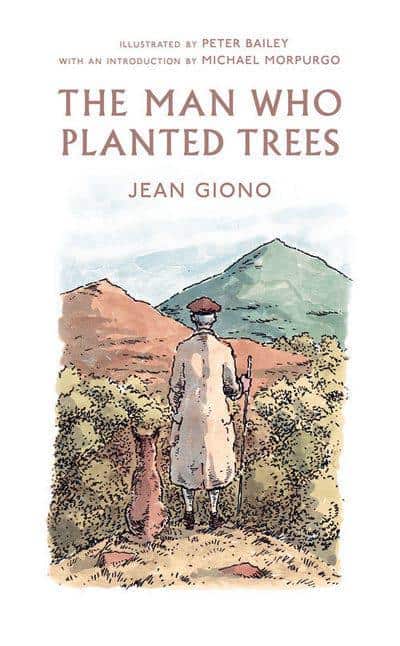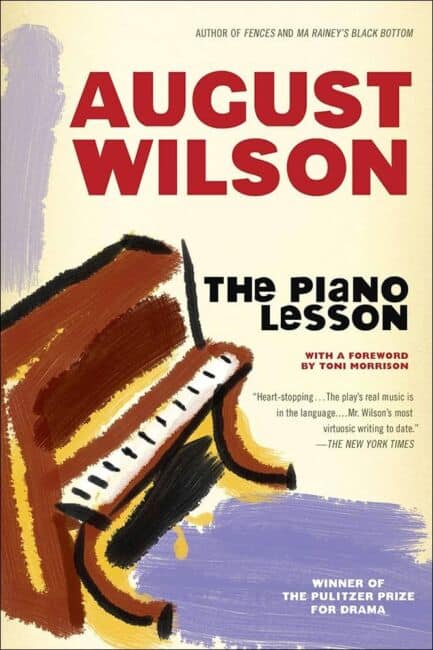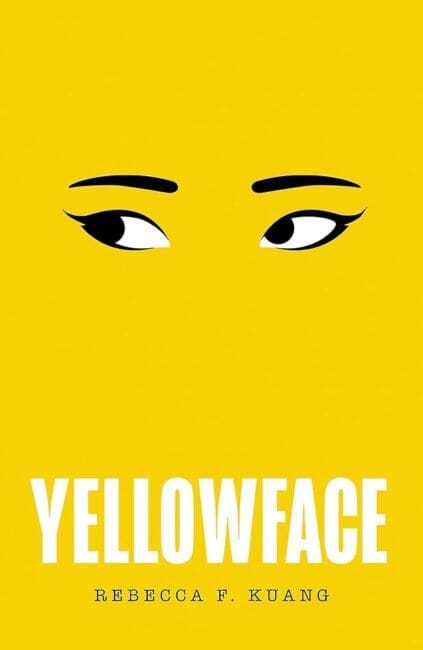The Man Who Planted Trees
Jean Giono
This allegorical short story feels as resonant today as it likely did when it was first published in 1953. Indeed, Giono’s contemporaries sung his praises; French novelist André Malraux called him: ‘One of the greatest writers of our generation’.
So what did we think?
The Man Who Planted Trees lives up to its reputation as an essential and transformative read.
We share this intimate story with an unnamed narrator who comes across a shepherd, Elzeard Bouffier, while hiking through lavender-filled moorland. Apart from the swathes of purple, the land is barren and dry.
Our narrator stays with the shepherd and watches as he plants hundreds of acorns across the wilderness — land that he thought ‘must be common land, or perhaps it belonged to people who weren’t interested in it’ (p.16, The Harvill Press 1996 edition).
“In Giono's work what every sensitive, full-blooded individual ought to be able to recognise at once is 'the song of the world”
- Henry Miller
The narrator leaves Bouffier behind but returns years later, after the 1914 war. As though unchanged, Bouffier remains, spryly planting trees and tending to beehives. What has changed though, is the landscape surrounding him.
Giono subtly describes the quiet beauty that has sprung up — a dense forest, a flowing stream, meadows, and ‘some reason for living’ (p.24, The Harvill Press 1996 edition). What follows is a stirring account of the visits back to a landscape so touched by one man’s dedication.
The story is relayed as if from a close friend. There are very few frills here, but what’s conjured is a profoundly beautiful image of a simple man whose work creates abundance for years to come.
“I love the humanity of this story and how one man's efforts can change the future for so many”
- Michael Morpurgo, Independent
In The Man Who Planted Trees, Giono weaves a story so palpable that it’s hard to believe the shepherd was his creation. After turning the last leaf, we were surprised to find quite limited press coverage of this story in recent years.
If there ever was a time that a story like this was essential, it’s now.

| ISBN | 978-1860461170 |
|---|---|
| Pages | 56 |



